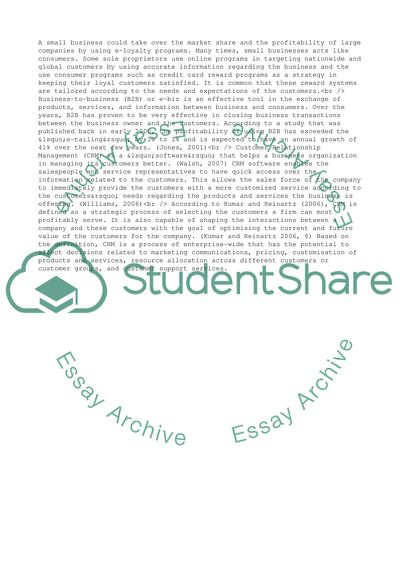Cite this document
(E-loyalty and Customer Relationship Management Coursework, n.d.)
E-loyalty and Customer Relationship Management Coursework. Retrieved from https://studentshare.org/business/1540685-e-loyalty-and-customer-relationship-management
E-loyalty and Customer Relationship Management Coursework. Retrieved from https://studentshare.org/business/1540685-e-loyalty-and-customer-relationship-management
(E-Loyalty and Customer Relationship Management Coursework)
E-Loyalty and Customer Relationship Management Coursework. https://studentshare.org/business/1540685-e-loyalty-and-customer-relationship-management.
E-Loyalty and Customer Relationship Management Coursework. https://studentshare.org/business/1540685-e-loyalty-and-customer-relationship-management.
“E-Loyalty and Customer Relationship Management Coursework”. https://studentshare.org/business/1540685-e-loyalty-and-customer-relationship-management.


